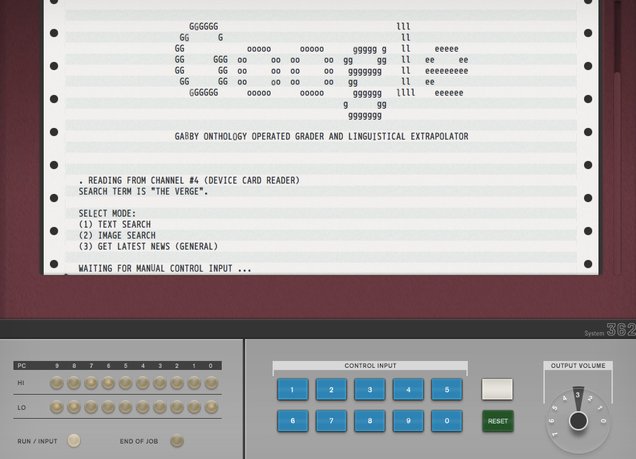What am I talking about? Digital maps:
It’s not often that maps make headlines, but they’ve been doing so with some regularity lately. Last week, tens of millions of iPhone users found that they could suddenly leave their homes again without getting either lost or cross. This was because Google finally released an app containing its own (fairly brilliant) mapping system. Google Maps had been sorely missed for several months, ever since Apple booted it in favor of the company’s own inadequate alternative — a cartographic dud blamed for everything from deleting Shakespeare’s birthplace to stranding Australian travelers in a desolate national park 43 miles away from their actual destination. As one Twitter wag declared: “I wouldn’t trade my Apple Maps for all the tea in Cuba.”
There was one potential bright spot, though: Among the many mistakes found in Apple Maps was a rather elegant solution to the continuing dispute between Japan and China over the Senkaku islands. Japan controls them; China claims them. Apple Maps, when released, simply duplicated the islands, with two sets shown side-by-side — one for Japan, one for China. Win-win. (At least until the software update.) Call it diplomacy by digital dunderheadedness.
As some may recall, it was not so long ago that we got around by using maps that folded. Occasionally, if we wanted a truly global picture of our place in the world, we would pull shoulder-dislocating atlases from shelves. The world was bigger back then. Experience and cheaper travel have rendered it small, but nothing has shrunk the world more than digital mapping.
[. . .]
There is something disappointing about the austere potential perfection of the new maps. The satellites above us have seen all there is to see of the world; technically, they have mapped it all. But satellites know nothing of the beauty of hand-drawn maps, with their Spanish galleons and sea monsters, and they cannot comprehend wanderlust and the desire for discovery. Today we can locate the smallest hamlet in sub-Saharan Africa or the Yukon, but can we claim that we know them any better? Do the irregular and unpredictable fancies of the older maps more accurately reflect the strangeness of the world?
The uncertainty that was once an unavoidable part or our relationship with maps has been replaced by a false sense of Wi-Fi-enabled omnipotence. Digital maps are the enemies of wonder. They suppress our urge to experiment and (usually) steer us from error—but what could be more irrepressibly human than those very things?
Update: And the Apple Maps fiasco has them leading most of the tech world’s “Top 10” lists for mis-steps, fumbles, and self-inflicted wounds.
There really could be only one pick for the number-one spot on this list. The Apple Maps fiasco has done more to hurt the company’s image than anything else this year, leaving their reputation — and those of some of its supporters — in the dust.
At the start of the year Apple was riding high. The loss of cofounder Steve Jobs had been handled better than many in the industry had expected, and Tim Cook looked like a safe pair of hands to take the company forward. Apple was on its way to being the most valuable in the world in dollar terms, and was beating the competition like a red-headed stepchild.
[. . .]
When iOS 6 with Apple Maps launched, there was initially little fuss. Apple’s policy of only letting friendly reviewers get advanced access to kit held up well, and virtually none of Cupertino’s chosen few even mentioned the mapping function in their glowing reviews of the new operating system. But then users actually tried it out and the results were plain to see.
Apple’s Maps app simply didn’t work correctly. Sure, it could get you from point to point — just about — but the level of detail included was poor and mapping information was frequently wrong. The list of cock-ups grew day by day as people realized that the application just wasn’t fit in any meaningful way.
Even the Australian police warned against using it for fear of getting lost in the desert.






